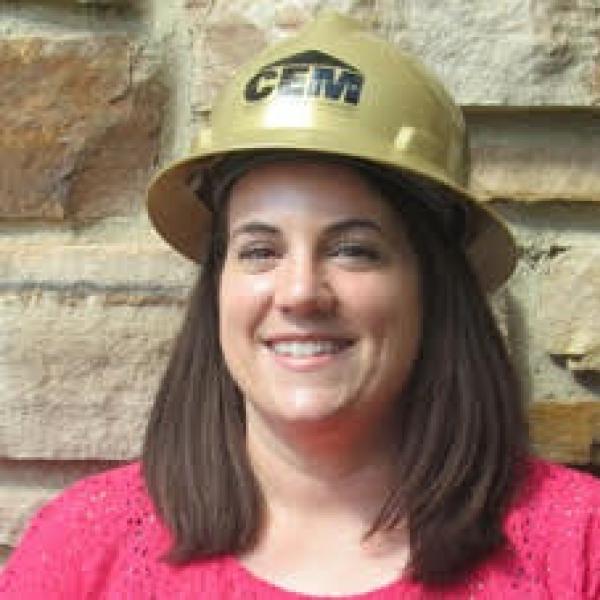The Interdependence of Built, Social, and Information Infrastructures for Community Resilience: A Participatory Process
Summary
This project supports foundational research that explores and creates collaborative processes to foster community resilience. Current approaches that characterize resilience are engineering-based and predict possible infrastructure damage in the face of acute and/or chronic stressors. When resilience is more broadly reframed as the interdependence between the built, social, and information infrastructures, engineering and statistical models of infrastructure damage benefit from an adaptive and participatory approach that is effective, inclusive, and fair. It is hypothesized that participatory processes of model-building lead to community ownership, social learning, and capacity building, all of which contribute to resilience. Within the one-year time frame of this study, a framework is developed using the case study of 2013 flooding events in Boulder, Colorado. The Boulder case is used to explore and test the modeling and participatory processes, to generate a new understanding that can be transferred to other communities. The project provides a platform for team-building and formalized collaboration of cross-disciplinary expertise, while training a cohort of scholars, students and practitioners, who can bridge across disciplines and between research and practice to create usable science and models to foster resilience.
This research develops the conceptual framework and methodological approaches to marry physical and participatory processes for designing, modeling, and evaluating resilient communities. The study explores and test innovative, inclusive, and adaptive processes through which community stakeholders engage in and contribute to model development. At the same time, advanced predictive engineering-based models of interdependent built infrastructures are developed and piloted by the team. In-situ and participatory empirical research and design, combined with new forms of digital participation, generate a new understanding of inclusive development and delivery of predictive models. The novel integration of physically-grounded model development with participatory action research that engages stakeholders helps the development of predictive models of interdependent infrastructures in a larger, more realistic, and inclusive context.
Funding
Research Questions
This RIPs Type 1 project frames community resilience as an interdependence between built, social, and information infrastructures. The goals of our team’s work are to develop the conceptual framework and methodological approaches for linking these interdependent infrastructures for resilience creation. Specific objectives identified in the original proposal are:
to trial innovative, inclusive, and adaptive processes through which community stakeholders—including individual residents, emergency responders, business owners, planners, political leaders and experts —feel ownership of decisions and outcomes.
to develop and pilot advanced engineering probabilistic models of interdependent built infrastructures that incorporate data from empirical survey of damage, social media, and sensors.
to build a multi-disciplinary and collaborative team with a shared vision of the scholarship needed to enhance resilience infrastructures.
Research Methods
Our research program trialed participatory methods that leveraged, described, and quantifed physical, social, and information infrastructures to study, model, and improve resilient community infrastructures.
The research team conducted exploratory interviews of stakeholders affected by the 2013 Boulder flood event to define information infrastructures activated in this context, and the information deficits that emerged. The interviews were analyzed qualitatively with QSR NVivo software, to identify where information infrastructure failed to facilitate communication or the dissemination of needed information within the community and across stakeholders.
Our research team developed two models for predicting direct economic losses for single-family residential buildings, due to riverine floods. The first model is based on regression analyses on empirical data from over 3000 residential building damage inspections conducted by the Federal Emergency Management Agency (FEMA). The second model is an assembly-based prediction of loss considering unit prices for damaged building components to predict mean repair costs borne by the homeowner, which is based on typical Boulder construction practices and local construction and material costs.
Results of the two flood loss models were piloted in a participatory process at the Understanding Risk conference. We engaged over 20 participants in a session titled "Re-view Flood Risk in Boulder" and recorded conversations to conduct discourse analysis. This session focused on how individual homeowners understand risk, including how they interpret and use information from flood maps and engineering models to inform decision-making.
Findings
Breakdowns in information infrastructures, called information deficits, decrease the ability of post-disaster community stakeholders to search out and find information. Analysis of interviews identified five categories of information deficits: Stakeholder Coordination, Data Management, Social Disengagement, Technical Failures, and Others. Information deficits limit access to and usefulness of communications networks after a disaster, increasing stakeholder perceptions of risk and decreasing awareness of community disaster resilience.
Both the empirical and assembly-based models can be used to compare the losses for homes with different foundation types. For a given water depth within the structure, buildings with slab foundations experience higher losses because of vulnerable items in the first (main) story. The smallest loss is observed for buildings with crawlspace, compared to basement or slab foundations. Losses to buildings with basements depend heavily on the mechanical equipment and finishes used in the basement and whether the basement is finished versus unfinished.
This participatory process: (1) informed the research team of the decision space for homeowners managing flood risk, which can inform designing engineering models that fit user needs; (2) tested a participatory game that educates players about flood risk; and (3) explored interdepencies between the built, social, and information infrastructures from the perspective of citizens.


